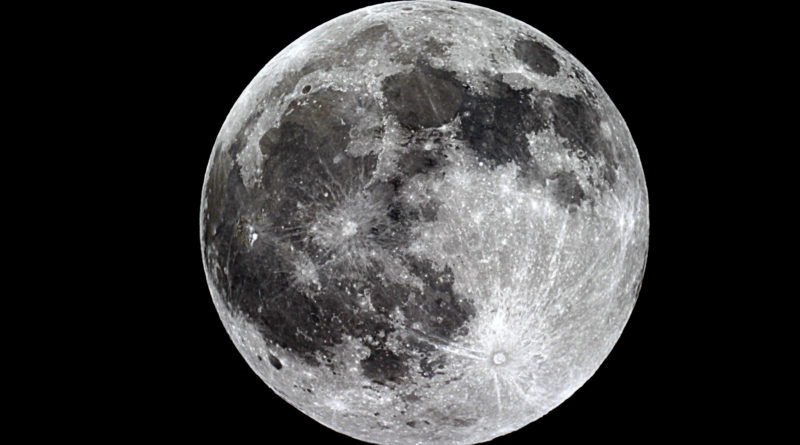How Will NASA Fund Next Decade’s Moon Landings?
12,753 total views, 2 views today
Last month, NASA unveiled its ambitious Artemis program for sending more humans to the moon. NASA developed this program in response to Vice President Mike Pence’s March order that astronauts return to the moon by 2024. The program is ambitious, to say the least, in its vision for a full decade of lunar activity.
However, recent news suggests that funding Artemis will be a bigger challenge than expected.
On May 31st, at a meeting of NASA’s Advisory Council, senior human spaceflight official Bill Gerstenmaier commented that NASA will likely be unable to fund Artemis from entirely new sources. Instead, the money needed for Artemis may come from rearranging NASA’s current budget. This directive contrasts NASA Administrator Jim Bridenstine’s longtime insistence that taking money from other NASA budgets to fund Artemis would all but guarantee dwindling support for the Artemis mission.
Moving money between NASA budgets “never works politically,” Bridenstine has said, stating that to do so would be to repeat an already-failed method expecting different results. However, this method may again be the one NASA turns to for funding.
Despite the ongoing controversy about how NASA will fund next decade’s moon landings, neither Bridenstine nor Gerstenmaier has stated the amount of money that NASA requires for Artemis. Currently, NASA operates on a $20 billion annual budget, to which the Artemis program could tack on another $6 billion to $8 billion. Nobody in the public is certain of the amount that Artemis will add to the budget, but even if these rumored estimates are on the high end, they account for a roughly one-third expansion of the budget.
Gerstenmaier, though he has never publicly shared the projected Artemis budget, is the one person who has admitted that he knows the figure. Before revealing it, though, he plans to work with other NASA administrators to determine other budgets to which cuts can be made. He stressed that budget cuts will not reflect that a project is no longer important, but rather that the project will take lower internal priority at NASA than Artemis will.
NASA’s funding concerns stem from a conservative spending standpoint. Gerstenmaier has said that his methods aim to minimize the gap between the money NASA needs and the money it’s likely to receive. He anticipates that, at most, external funding sources will only increase their contributions by one or two percent, which is far less than the one-third expansion that Artemis could induce.
To prepare for Artemis’ launch in 2024, NASA plans to send equipment to the moon in 2020 and 2021. Three firms will oversee the preparation and delivery of this equipment, which Bridenstine credits with allowing NASA to properly plan for not just the return of another man to the moon, but the arrival of the first woman on the moon. By the time 2024 arrives, it will have been over half a century since the legendary final Apollo mission, the last time a man was on the moon. Perhaps most ambitious among all NASA’s goals is to establish a permanent Moon base, possibly paving the way for more people than just astronauts to visit — and live on — the moon in due time.

